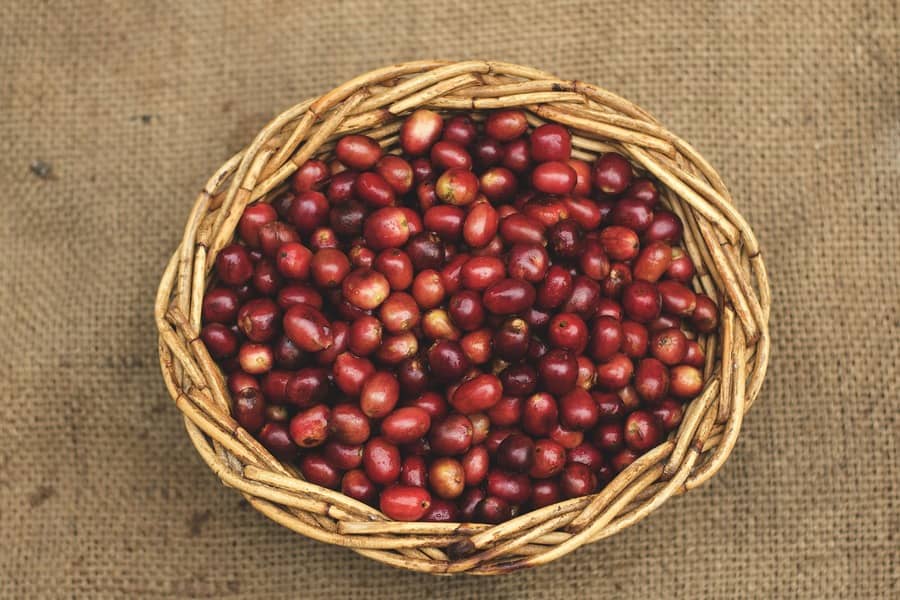The lack of direction on ICE US continues to lock the flow of business in the internal physical market at this crop arrival. The rise in the dollar and the advance of Brazil’s 2022 crop sometimes break the trading inertia. But growers keep working with isolated batches, without giving sequence to sales. The uncertainty about the production of Brazil’s 2022 crop and the high bet on the physical market underpins this stance.
In any case, there is a slight improvement in the flow of trades, which brings oxygen to the market. In terms of FOB exports, there is a little more business fluidity, especially for positions from October. In general, sales continue at a slow pace, with growers who need to make cash appearing once in a while in the market, seeking to take advantage of some price rebound.
The issue of deliveries in negotiations in advance (with future delivery) remains on the radar and continues to cause apprehension among trading companies and cooperatives. Growers have been postponing the decision, leaving open the possibility of rolling over positions, while waiting for a better definition regarding the size of this year’s crop. Growers should take into account the high interest rates and the possibility of having gains with fixed income in their decision-making. The highest percentage of delivery is for next September, which can shake the market.
The world industry, on the other hand, continues to lengthen positions, concerned with the signs of the global economy and believing in an improvement in supply in the future. The different views between growers, focused on the short term, and buyers, more attentive to the long term, help to enlarge the distance between the ends and explain the low business liquidity.
Good cup in the South of Minas shows signs of stabilization at around BRL 1,270 in the physicals, showing difficulty in recovering the level of BRL 1,300 a bag. Fine cup is losing strength and cannot go much beyond the level of BRL 1,300 a bag, being currently bidded at BRL 1,310 a bag in Cerrado. Arabica Rio ended up falling, pressured by shorter demand and increasing available supply. The rain in the final stretch of the harvest induces the growth of the supply of weaker cups, which plays against the prices of such descriptions. So, Rio cup with 20% of defects in the region of Matas de Minas is indicated at BRL 1,030 a bag. The industry preference for conillon supports the coffee prices in Colatina, with 7/8 type rising to BRL 720 a bag. The soaring price of robusta in London raises fears about foreign competition, which made the local industry raise the price levels. Arabica with 600 defects remains highly valued, given the lower supply at the beginning of the commercial cycle. Bids range from BRL 1,250 to 1,290, depending on the needs of the industry, which, because of this, continues to plan the blend with conillon.

